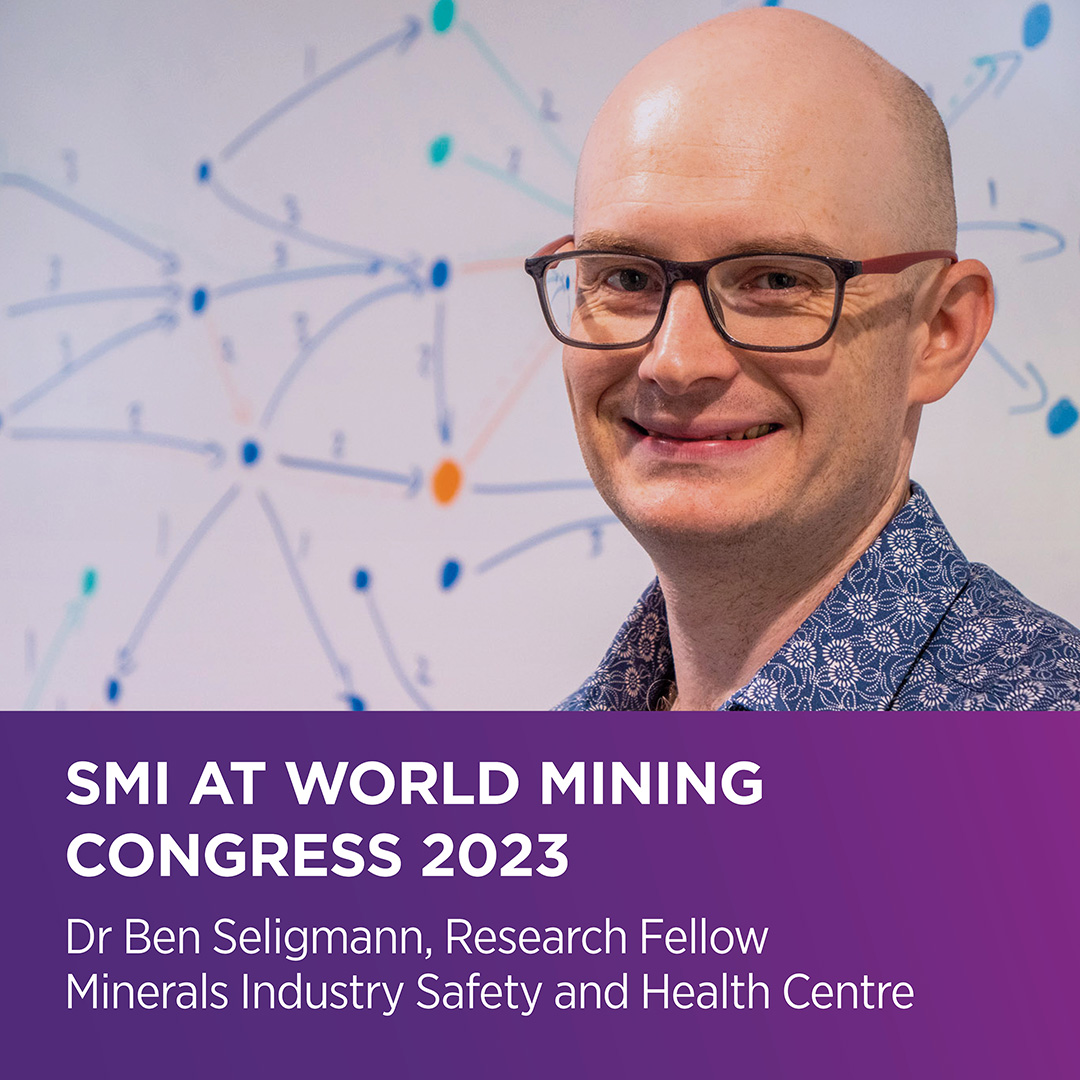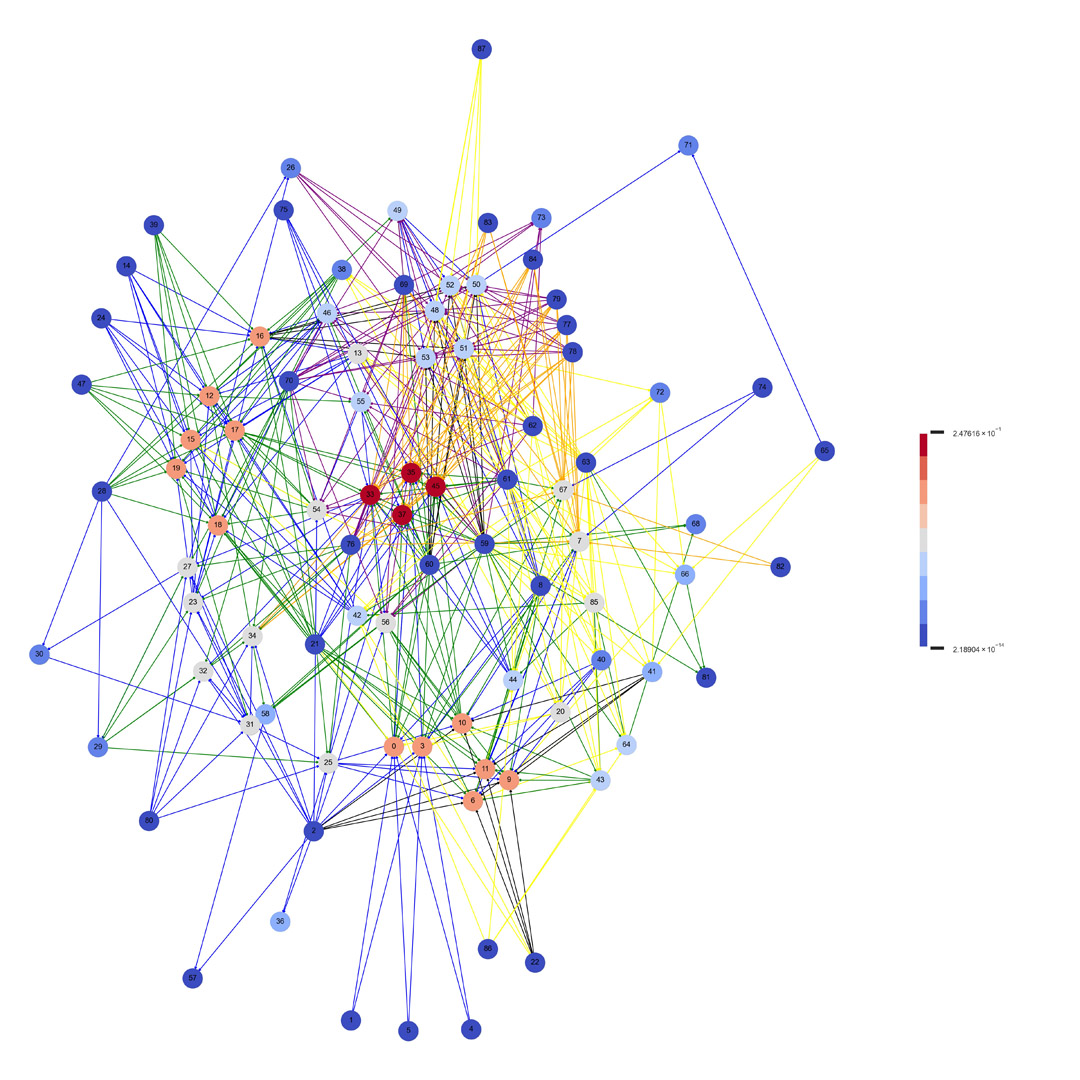 Mining managers could soon have a map of their project’s risks at their fingertips as a University of Queensland (UQ) team prepares to present industry with a new risk management approach.
Mining managers could soon have a map of their project’s risks at their fingertips as a University of Queensland (UQ) team prepares to present industry with a new risk management approach.
Developed by a team from UQ’s Sustainable Minerals Institute (SMI), Causal Network Topology Analysis (CaNeTA) is a risk management method that models and then analyses the risk landscape of an operation or project as a set of causally interconnected events, complementing existing processes.
Dr Ben Seligmann, who leads the development of CaNeTA, will present it at the World Mining Congress in Brisbane later this month, driving home the point that data integration is the next step in risk management.
“A lot of mining companies have access to a wide range of risk information – from different people, teams or places – but they struggle with how to integrate and use it,” Dr Seligmann said.
“CaNeTA aims to address this by enabling managers to integrate risks from a range of data sources, such as from the technical or finance teams, into a causal network where you can analyse its structure, its topology.
“This topology visualises risk events as nodes, with arrows connecting them in causal relationships. These networks are interrogated to find significant events based on their relative position in the landscape.
“For instance, when you are considering the feasibility of a mining project there are many different types of risks that matter – safety, health, productivity, environmental, social and cultural.
“By connecting these different risks together into a network, its structure will show influential and important risk events, hubs and pathways.

“This is particularly useful for companies when they are examining a project’s feasibility and examining different paths forward and the different risk landscapes associated with each.
“For example, by running a network robustness analysis – which shows how the risk landscape changes when eliminating key events – you can get a bird’s eye view of how difficult it will be to manage and what will be needed to deal with each one’s risks.
“This gives planners an idea of how much time, effort and money must be allocated to the risk management of a project.
The CaNeTA project is led by SMI’s Minerals Industry Safety and Health Centre, and the research team are eager to show how CaNeTA can support holistic decision-making by working with industry partners.
“We have the technique, the people and some of the software – we are now looking for companies who are willing to partner with us and try it out on their own systems,” Dr Seligmann said.
Dr Ben Seligmann will be presenting the project as part of the ‘Health, Safety & Wellbeing’ stream on Day 3 (28 June) of the World Mining Congress.
If you’d like to learn more about the project, you can contact Dr Seligmann at b.seligmann@uq.edu.au.



